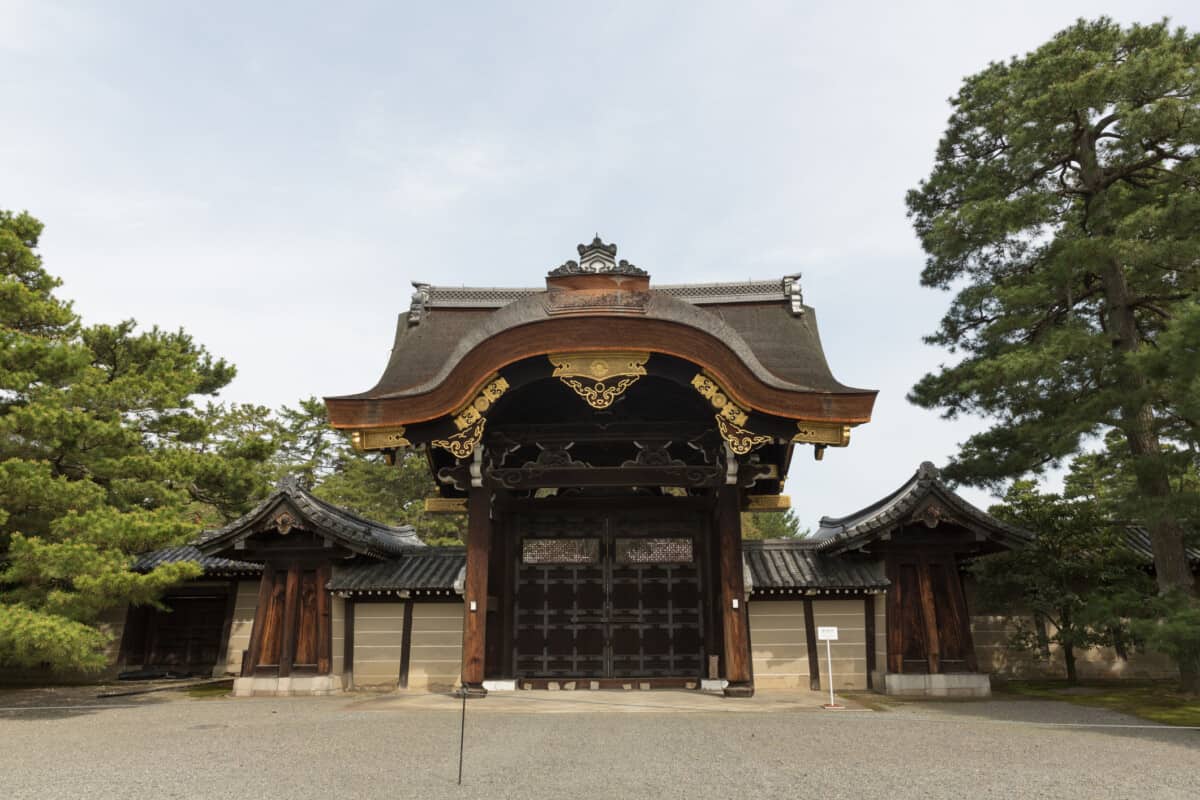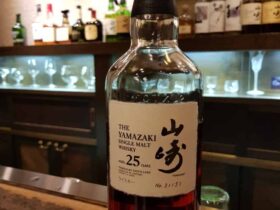The Kyoto Imperial Palace is known as the former Imperial Palace. Kyoto was officially recognized as the capital of Japan for over one thousand years, between 794 and 1180. During this time, Japan’s Emperors established several buildings, including palaces for themselves and their consorts.
The Kyoto Imperial Palace is in the Kamigyo Ward in Kyoto only a short distance from Kyoto Station. It takes less than twenty minutes via bus or taxi to get from Kyoto Station to the former Imperial Palace, one of the many reasons it is such a popular tourist destination.
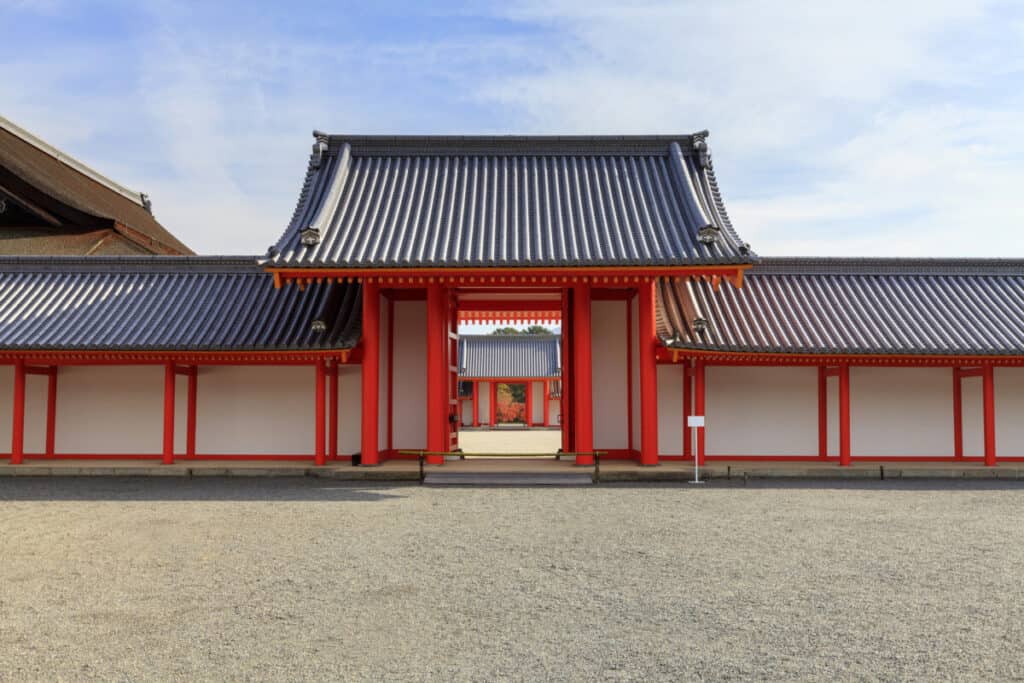
The ancient architecture of the former Japanese capital is a must-visit for anyone attempting to catch a glimpse of traditional Japan. It is a desirable place because of its historical value.
Kyoto Imperial Palace Location Via Google Maps
What is the Kyoto Imperial Palace?
The Kyoto Imperial Palace is the former residence of the Emperor of Japan since the Meiji Restoration in 1869. It is one of the most recent palaces built near the Northeastern part of former Heian-kyō, now known as Kyoto.
Kyoto Imperial Palace is a popular tourist and visitors attraction. People visit this palace to catch a glimpse of Kyoto’s changing history and to see how its past emperors lived.
In addition to the ancient architecture, the landscaping and cultural value of Kyoto Imperial Palace are unique to Japan.
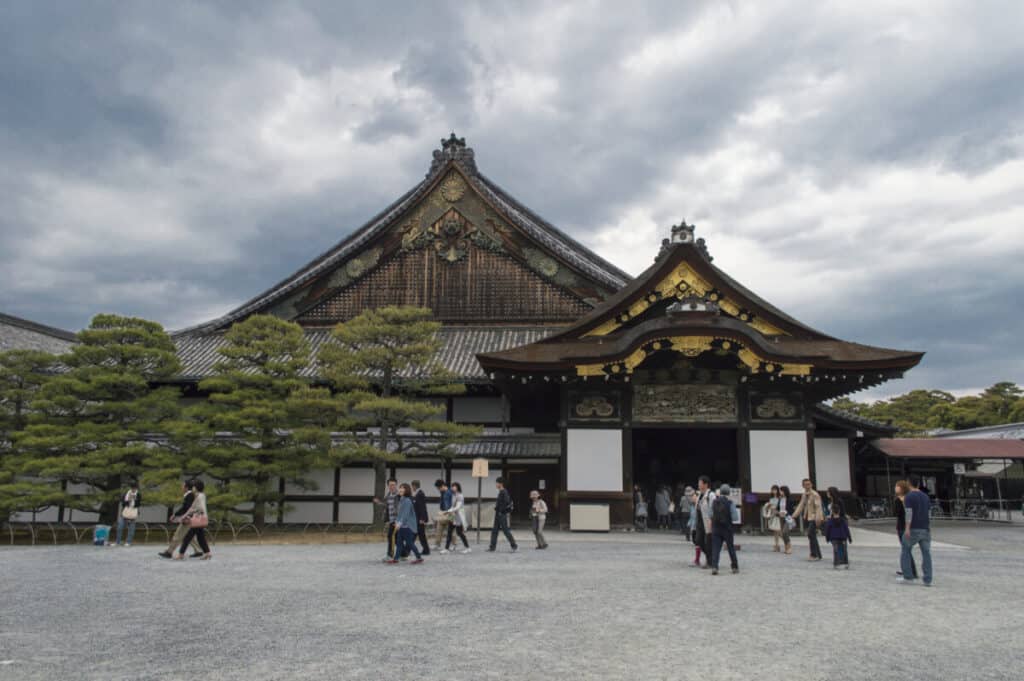
History of the Kyoto Imperial Palace
The Kyoto Imperial Palace has a rich history. The Imperial Palace has been the residence of Japanese Emperors since 1331. The beautiful palace stood for decades until it faced a series of fires. Ultimately, the Japanese Emperors continued to reconstruct all the destroyed buildings in 1855.
The Imperial Family continued to rule Japan from the Kyoto Imperial Palace until 1868.
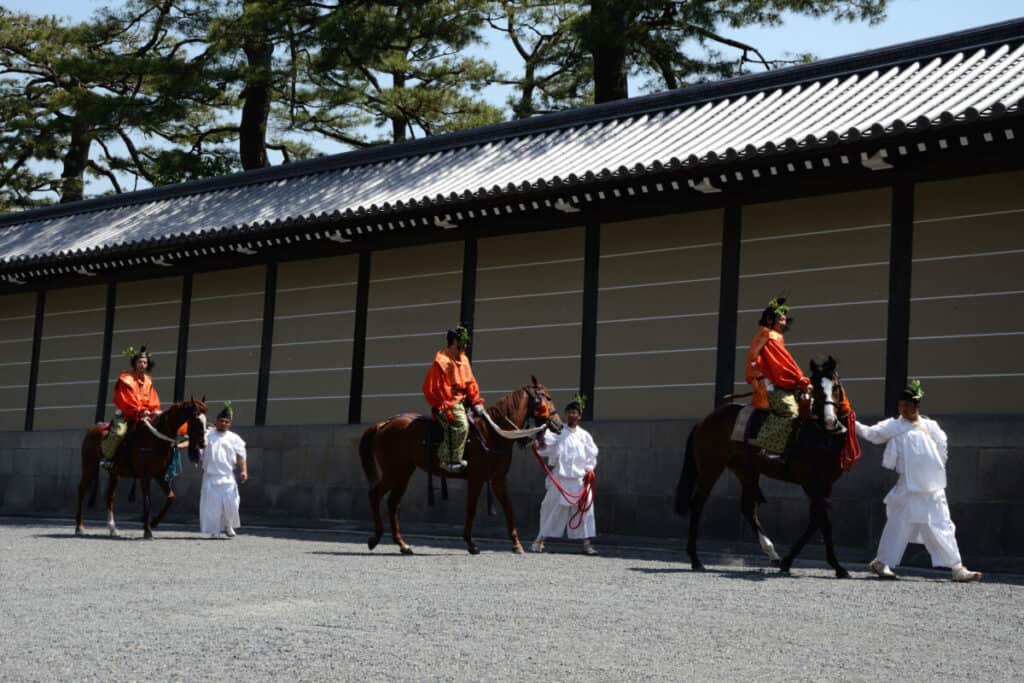
In 1868, the Imperial Family relocated from Kyoto to Tokyo. In Tokyo, the Imperial Family established the new Imperial Palace. Beginning in 1877, the Japanese government ordered the preservation of the Kyoto Imperial Palace.
As of today, the Kyoto Imperial Palace is open to the public. Patrons may visit the palace for guided tours, which you can schedule with a tour guide in advance. Visitors can also lead themselves on self-guided tours.
The Modern Use of Kyoto Imperial Palace
Kyoto Imperial Palace is open to the public for guided tours and self-exploration. Access to the palace grounds is free and open year-round. Although you cannot enter any buildings on the palace grounds, all buildings are visible from the outside.
Visitors may also fully explore the palace gardens, an area encompassed by beautiful scenery, shrines, and more.
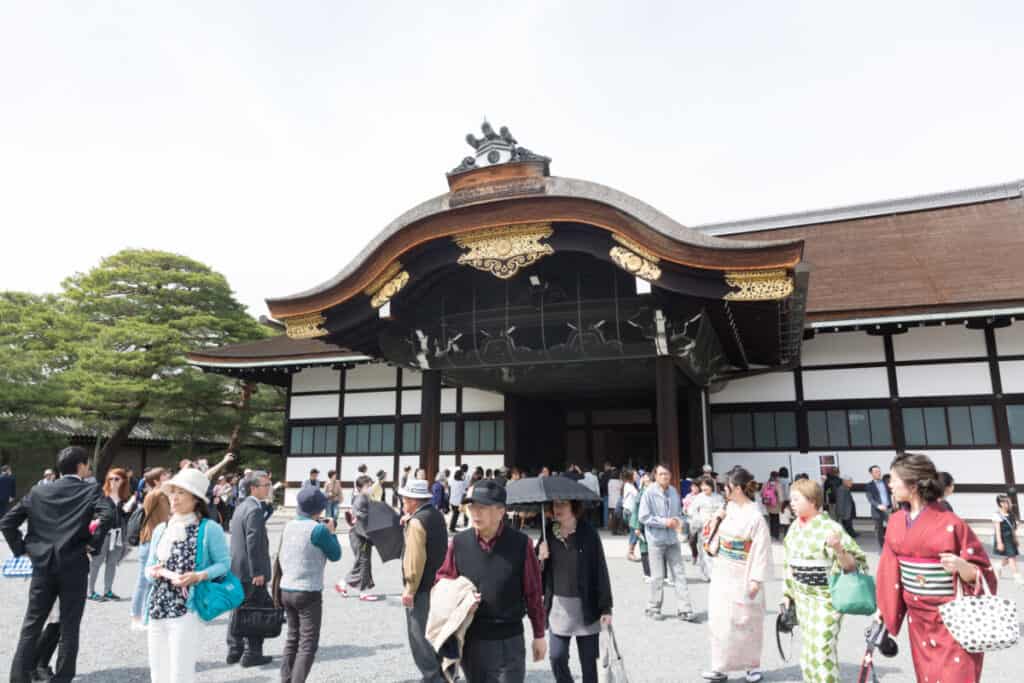
Self-Exploration
Visitors can explore the grounds of Kyoto Imperial Palace to view the many buildings and beautiful palace grounds. There is no fee to enter the palace grounds or limit on the number of people who can enter at once.
No buildings are accessible. However, they are great to view from the outside. When guiding yourself through the palace grounds, there are restrictions on the areas you may visit. Some areas like the Sento Gardens are inaccessible without a tour guide.
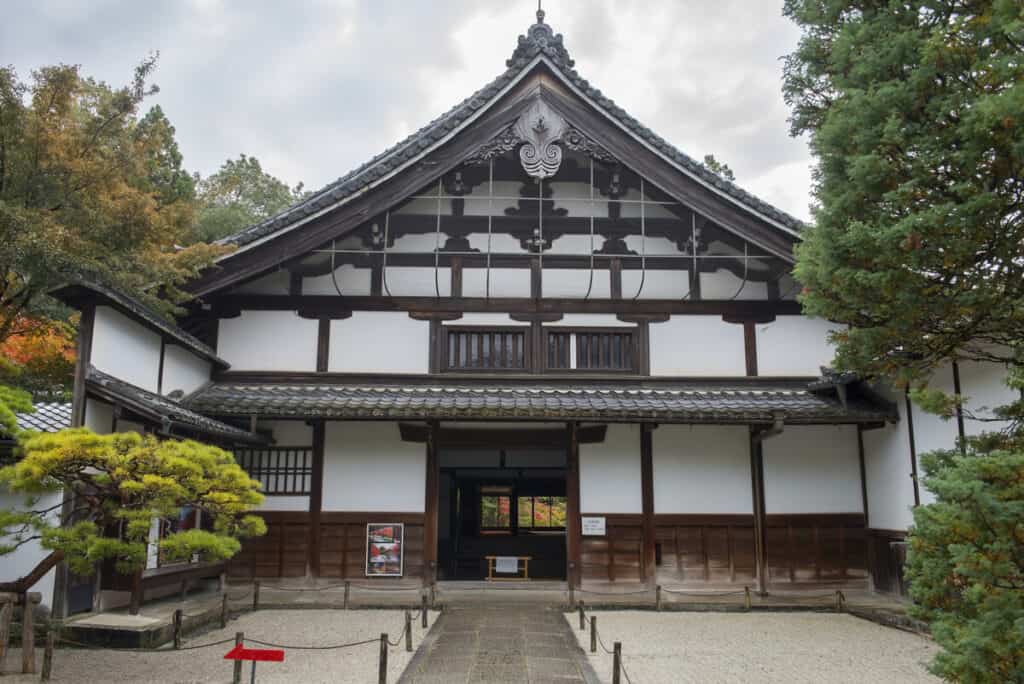
Guided Tours
Guided tours are one of the most common ways to explore the Kyoto Imperial Palace. The Imperial Household Agency Office will schedule guided tours in advice, free of charge.
A guided tour does not take you inside any buildings, but the guides will provide plentiful information about the palace building and surrounding gardens. These tours also take you to several locations that are not otherwise available because of cultural significance, such as the Sento Gardens.
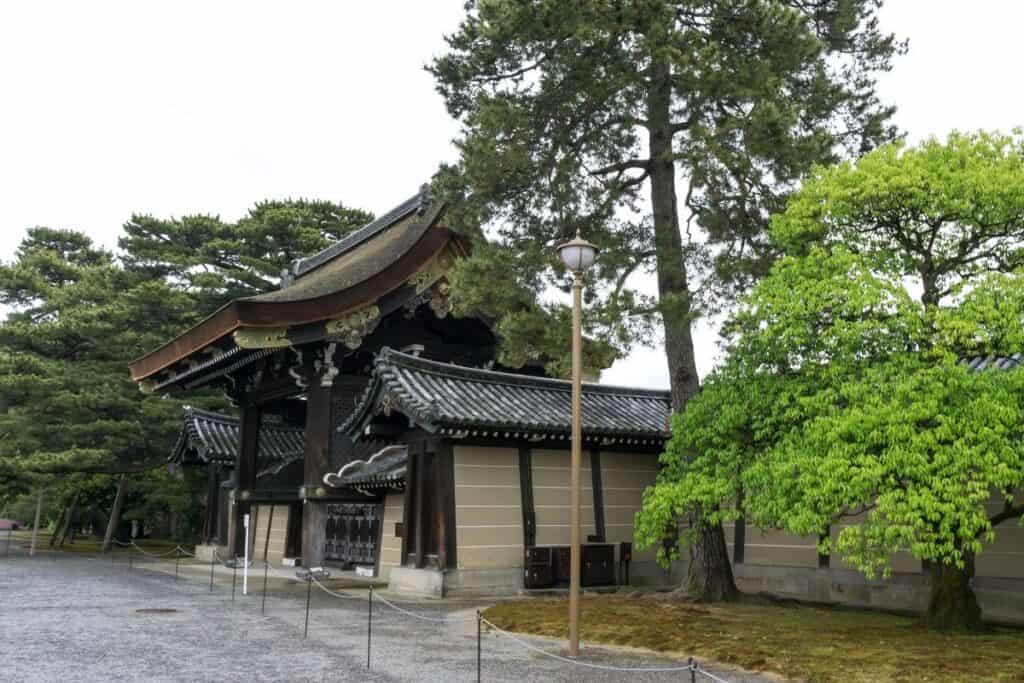
Tour guides offer these tours in English, Japanese, and a combination of both languages. When registering for the tour, you can choose a language preference if you have one.
Guided Tours Of Kyoto Imperial Palace Via Viator
Buildings on the Kyoto Imperial Palace Grounds
Several large buildings are within the Kyoto Imperial Palace Grounds, including villas, ceremonial halls, and palaces. The most popular building is the Shishinden building, formerly used for Official State ceremonies.
In addition to the main headquarters, there are two residential palaces on the main grounds. The Emperor constructed these residential buildings and were constructed for both the Emperor and Empress of Japan.
There are also two villas and large gardens.
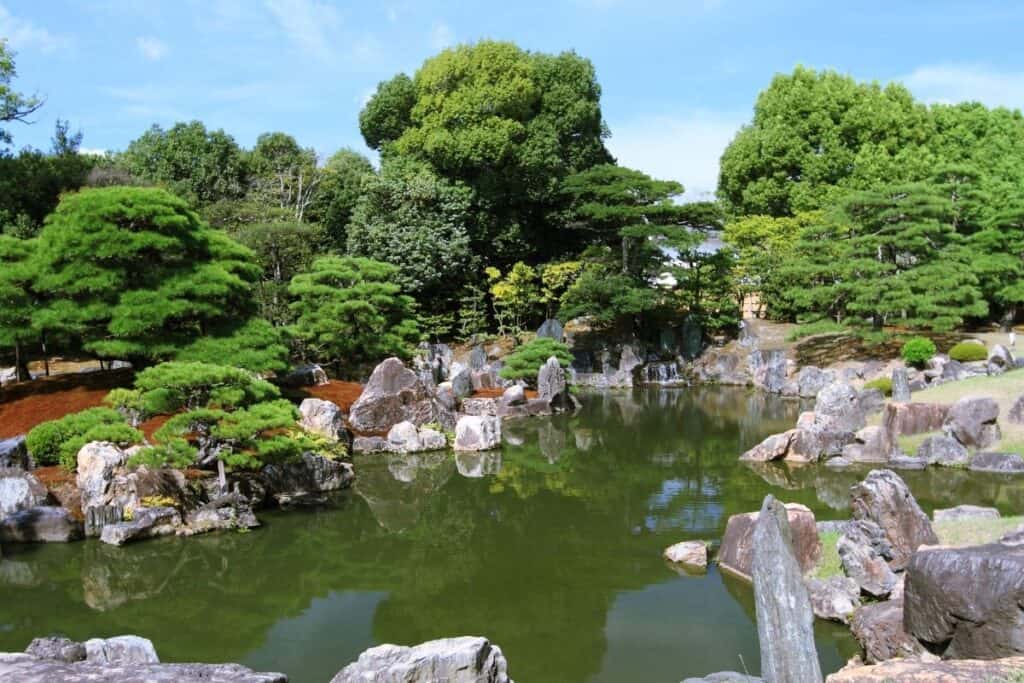
Kyoto Imperial Shishinden Building
The Shishinden was formerly a ceremonial hall. Shishinden was constructed in the Heian Period (794-1185), with a strong resemblance to this architectural style despite its several rebuilds.
Past emperors used the Shishinden building for enthronement ceremonies. Enthronement ceremonies are the Japanese inaugural ceremonies where a new emperor of Japan is enthroned and assumes power.
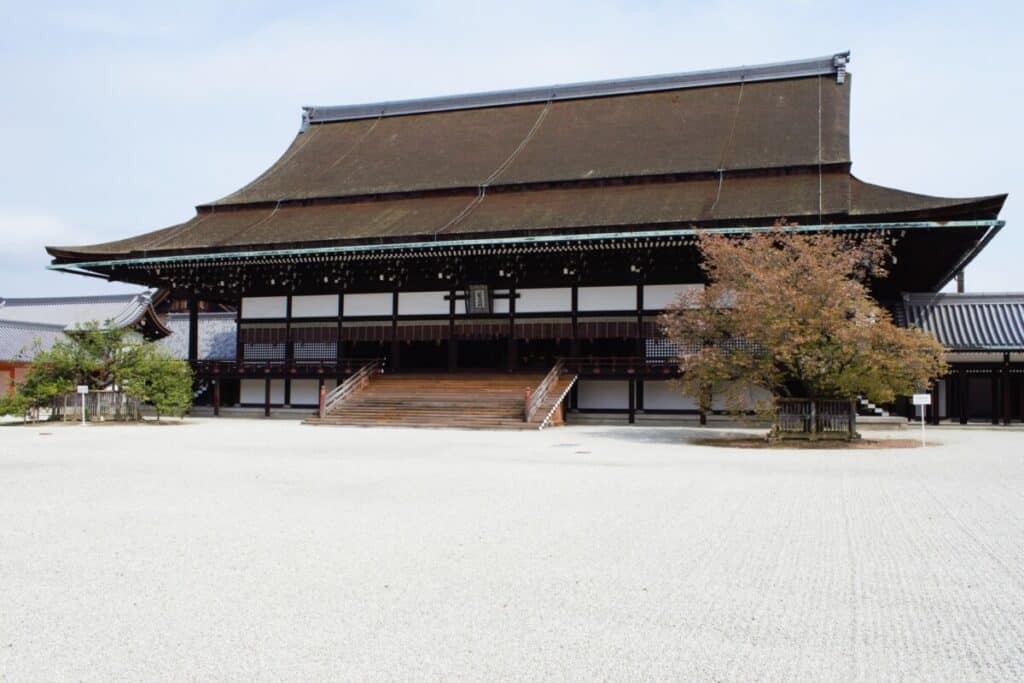
Kyoto Imperial Takamikura Building
The Takamikura is the former building used for enthronement ceremonies. Since 1913, this building was retired from enthronement ceremonies and has since been unused for those purposes.
Kyoto Sento Imperial Palace
The Sento Palace was one of two residences constructed in 1630. Emperor Emeritus Gomizunoo constructed this palace as a retirement residence. After his death, all subsequent emperors used this palace as a retirement palace as well.
In 1854, the original palace burnt down. Instead of rebuilding the palace, it was replaced by the Omiya Imperial Palace.
From behind the Sento and Omiya Palace, there is a clear view of the beautiful garden designed by Kobori Enshu.
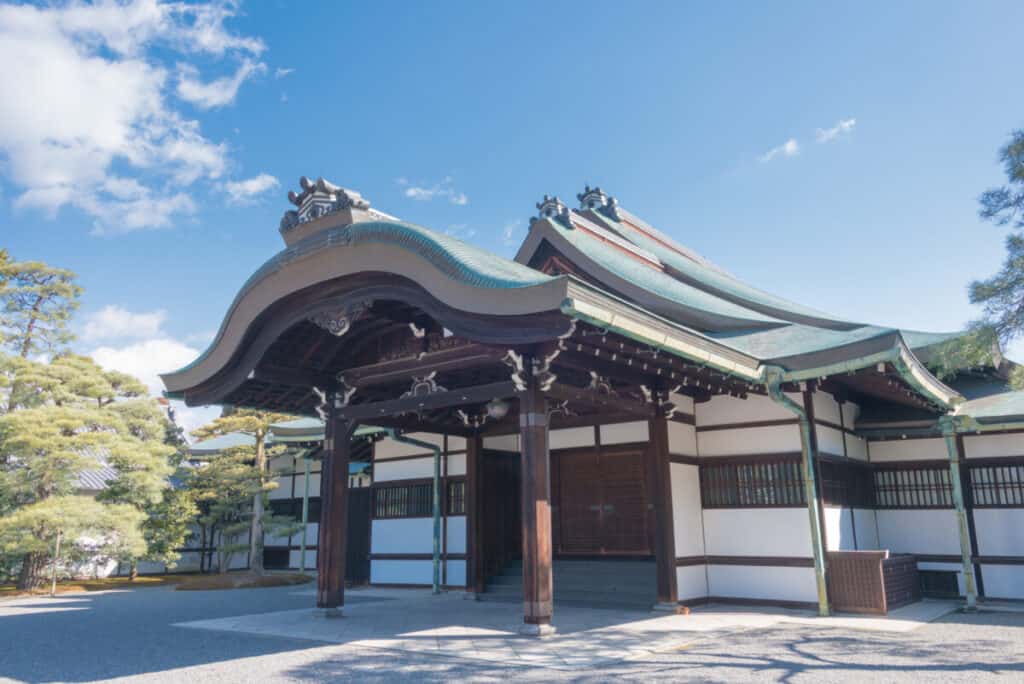
Kyoto Omiya Imperial Palace
The Kyoto Omiya Imperial Palace was constructed in 1630 as a residence for Emperor Emeritus Gomizunoo’s consort, Empress Emerita. This palace was initially parallel to Sento Palace.
When Sento Palace eventually burnt down in 1854, the Japanese emperor substituted the palace with Omiya Palace. Now, Omiya Palace is called Sento Palace.
Today, the Omiya Imperial Palace occasionally houses the prince and princess of Japan.
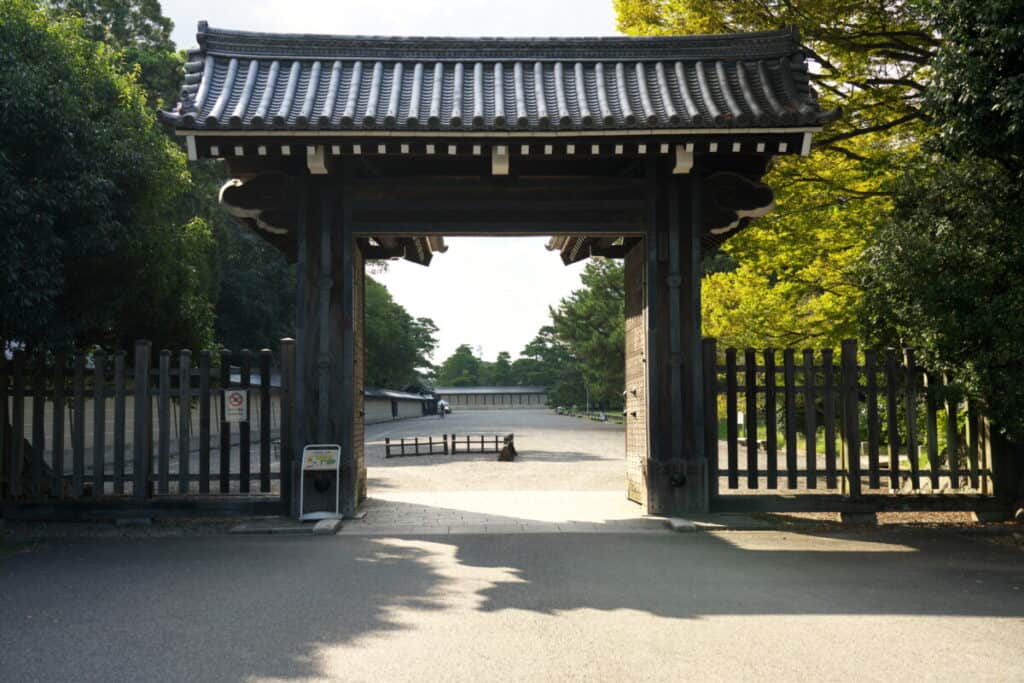
Katsura Imperial Villa
The Katsura Imperial Villa is a detached imperial residence surrounded by gardens. It took several decades to construct the Katsura Villa due to the founder, Prince Hachijō Toshihito’s initial lack of funding for the project.
Throughout the Heian period, the villa underwent a lengthy expansion to achieve its substantial size today. You can find the Katsura Imperial Villa on the Western bank of the Katsura River, 4.7 miles from Kyoto Imperial Palace.
Public tours of the garden are available through the Imperial Household Agency for free. Make a reservation through the agency in advance to guarantee availability.
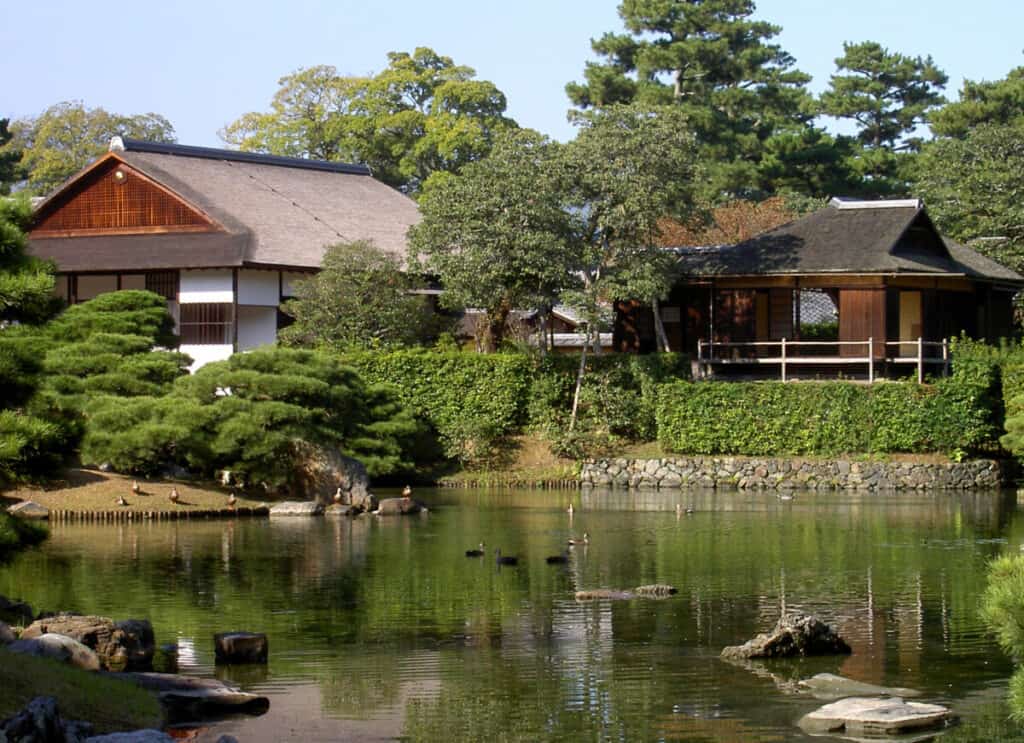
Shugakuin Imperial Villa
The Shugakuin Imperial Villa is a cherished villa detached from the Kyoto Imperial Palace. It is a cultural treasure of Japan because of its historical value and manicured gardens. It is irregularly shaped, with many shrines and a myriad of natural landscaping.
The construction of the Shugakuin Imperial Villa was complete in 1659. An upper, lower, and middle garden surrounds this villa, displaying some of Japan’s most intricate landscaping.
The three gardens are connected by a long trail, which makes navigating through the garden easier.
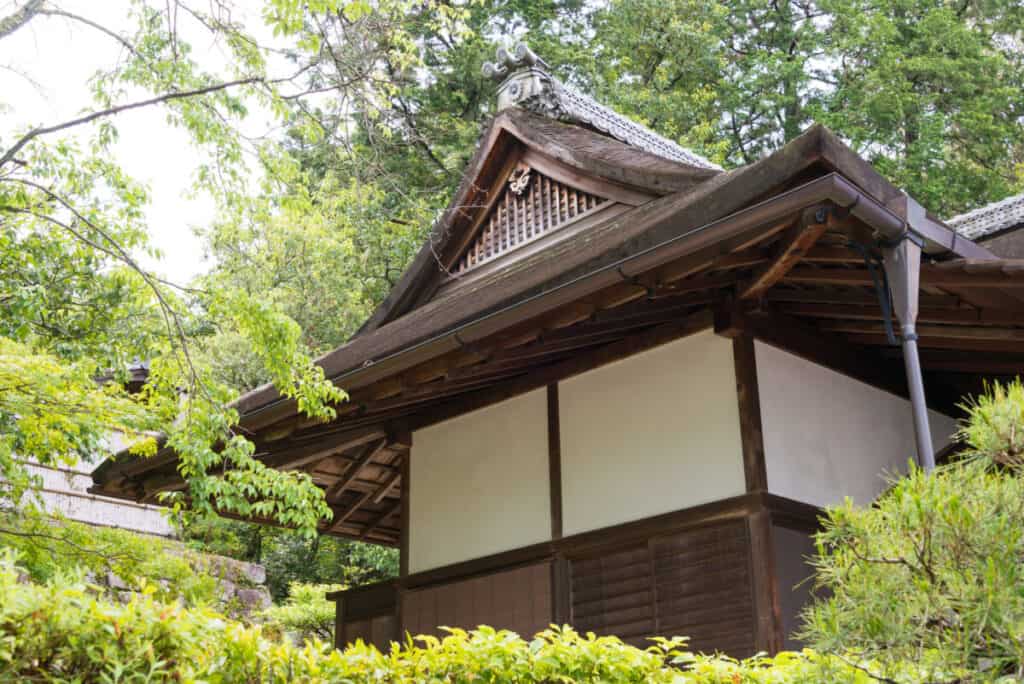
You can arrange a tour in advance through the Imperial Household Agency for free. These tours take visitors through the gardens and offer information about the history of this important cultural building.
Kyoto Imperial Palace Garden
There are two gardens within the walls of the Kyoto Imperial Palace.
One of the Kyoto Imperial Palace gardens is the Sento Imperial Garden, located behind the Sento Imperial Palace. Tea master and artist Kobori Enshu designed the Sento Imperial Garden. The garden has six ponds with numerous islands and bridges throughout them.
Kyoto Imperial Palace Attractions and Accommodations Via Tripadvisor
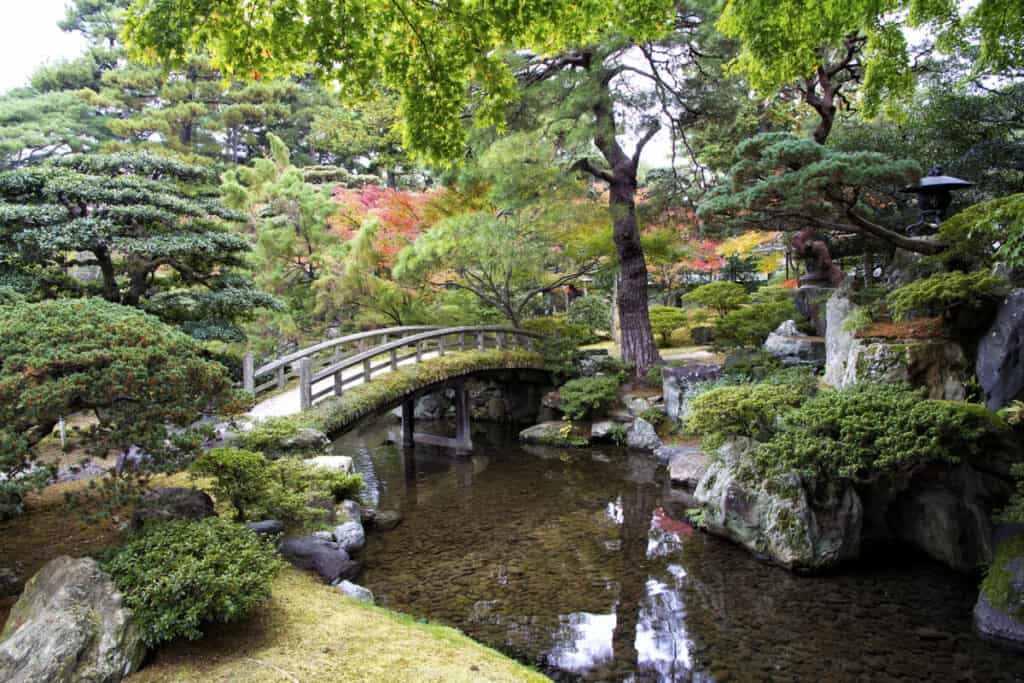
Kyoto Imperial Palace Official Website
A short distance from the Imperial Palace, two large villas have their own gardens. These are esteemed gardens recognized for their unique landscaping and natural architecture.
Kyoto Imperial Palace Virtual Tour

